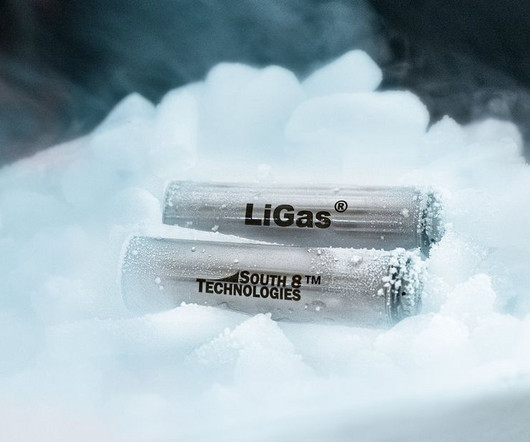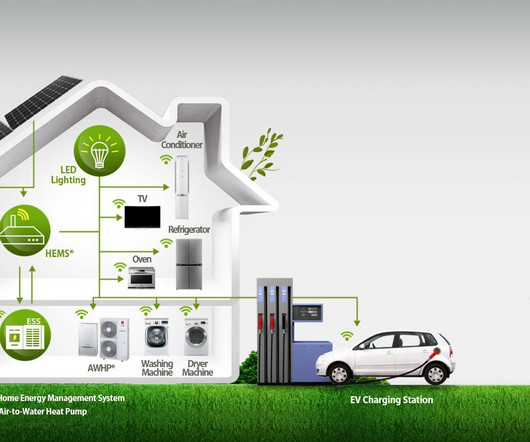Vattenfall contracts with BMW for up to 1,000 new 33 kWh Li-ion batteries this year for storage projects in wind farms
Green Car Congress
MARCH 28, 2017
Vattenfall and the BMW Group have signed a contract for the delivery of up to 1,000 lithium-ion batteries this year. The first energy storage from the BMW-i3 batteries is being built at the 122 MW onshore wind farm “Princess Alexia” near Amsterdam. It is meant to maintain the security of supply with a feed-in of 100% renewable energy.
























Let's personalize your content